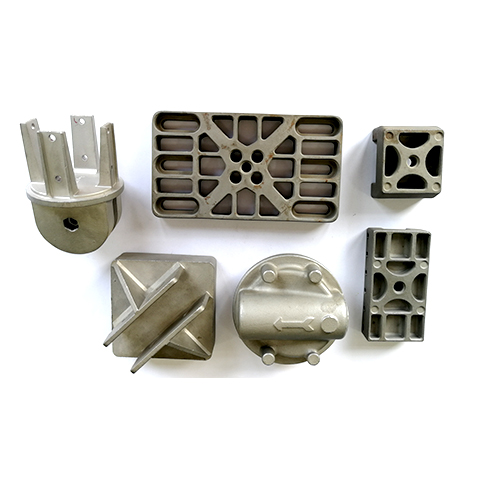What are the methods and advantages of carbon steel casting?
In modern industry, carbon steel casting is a very common method. It is widely used to manufacture various parts and components. Carbon steel casting includes many different methods, such as sand casting, residual mold casting, die casting, etc. In this article, we will detail the various methods of carbon steel casting, their advantages and disadvantages, and their applications.
Sand casting is one of the commonly used methods in carbon steel casting. This method creates castings by arranging sand in a mold and then pouring molten metal into the sand. Sand casting is a flexible and less expensive method because Molds can be made as needed. However, since the mold material is sand, it will degrade after repeated use, thus affecting the accuracy of the mold. In addition, the sand will also produce bubbles after heating, which may cause pores in the casting.
Another common carbon steel casting method is residual mold casting, also known as lost wax casting. This method makes the casting by making a mold and then injecting a wax pattern into the mold. Once the wax pattern solidifies, it is heated, making It melts and flows out of the mold. The molten metal is then poured into the mold to create the casting. Residual mold casting can produce castings with high precision and smooth surfaces, but is more expensive than sand casting.
Another carbon steel casting method is die casting. In die casting, metal material is injected into a mold under high pressure. This method can produce more precise castings with a smoother surface, but it is more expensive and requires higher equipment.
In addition to the above methods, there are other types of carbon steel casting methods, such as continuous casting and pour casting. These methods are applied to different types of castings and can achieve higher production efficiency and casting quality.
Carbon steel casting has many advantages. Firstly, it can produce high-volume production parts and assemblies. Secondly, casting can produce large quantities of castings at a low cost. In addition, it can produce high-precision and smooth surfaces. Component.
Castings can be used to manufacture parts and components of various shapes and sizes to meet the needs of different industries and customers.


